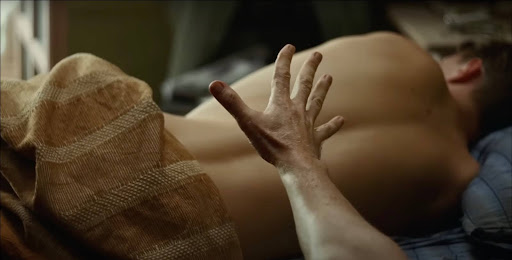March is Women’s History Month and we’re watching women’s history take place in the world around us. But let’s also take a look back to some of the key figures whose words and imagery we sometimes use unknowingly today in the women’s rights movements. Mainly: Frida Kahlo.
Frida Kahlo (1907- 1954) was a Latina surrealist painter, Communist, bisexual and disabled person during the early 20th century, who specialized in paintings inspired by her own painful life and Mexican and indigenous culture and nature. Many biopics and biographies have been made in connection to the artist but the one to arguably garner the most awards is 2002’s “Frida,” based on the biography “Frida: A Biography of Frida Kahlo” by Hayden Herrera.
“Frida,” directed by Julie Taymor, was released in 2002 and starred Salma Hayek in the titular role of the Mexican surrealist painter, Frida Kahlo. The film follows her life from childhood to death, hopscotching through various key moments of her life. From her trolley accident that physically affected her for the rest of her life to her passionate, yet tumultuous two marriages to Mexican muralist, Diego Rivera, Hayek shines in this biopic crafted with the artist’s own art style in mind.
Taymor’s film was a passion project of Hayek’s, a fact that is palpable in her performance. She transforms into the role, inhibiting Kahlo’s lust for life, sex and art. Stylistically the film is full of references to her paintings, often offering scenes where the actors turn into paintings or vice versa.
However, this is also a small fault within the film. While there was a strong sense of Kahlo’s life, there is less of her work. We see her paintings but not so much how she worked, her ambition as an artist. The film highlights more her life and marriage with Diego Rivera, a marriage that was marked by infidelity on both sides.
If you are looking for historical accuracy, “The Guardian” rates the film at a “C” on that front. Some have criticized the film for leaving out Kahlo’s polio that she contracted when she was six and affected her leg and body long before her trolley accident at age 18. The film makes references to her painful experiences with her body but possibly too lightly; critics argue that the intense tango scene between Hayek and Ashley Judd’s Tina Modotti showed no evidence of her disability.
Which brings us to the next point: keep in mind this film has another point of current relevance. Salma Hayek recently cited the film in her Op-Ed piece titled, “Harvey Weinstein Was My Monster Too,” for the New York Times. I highly recommend reading the piece before or after watching the film to know what fully went on behind the scenes, and perhaps some of the reasons for the film’s faults. It’s important to know where our media is coming from.









